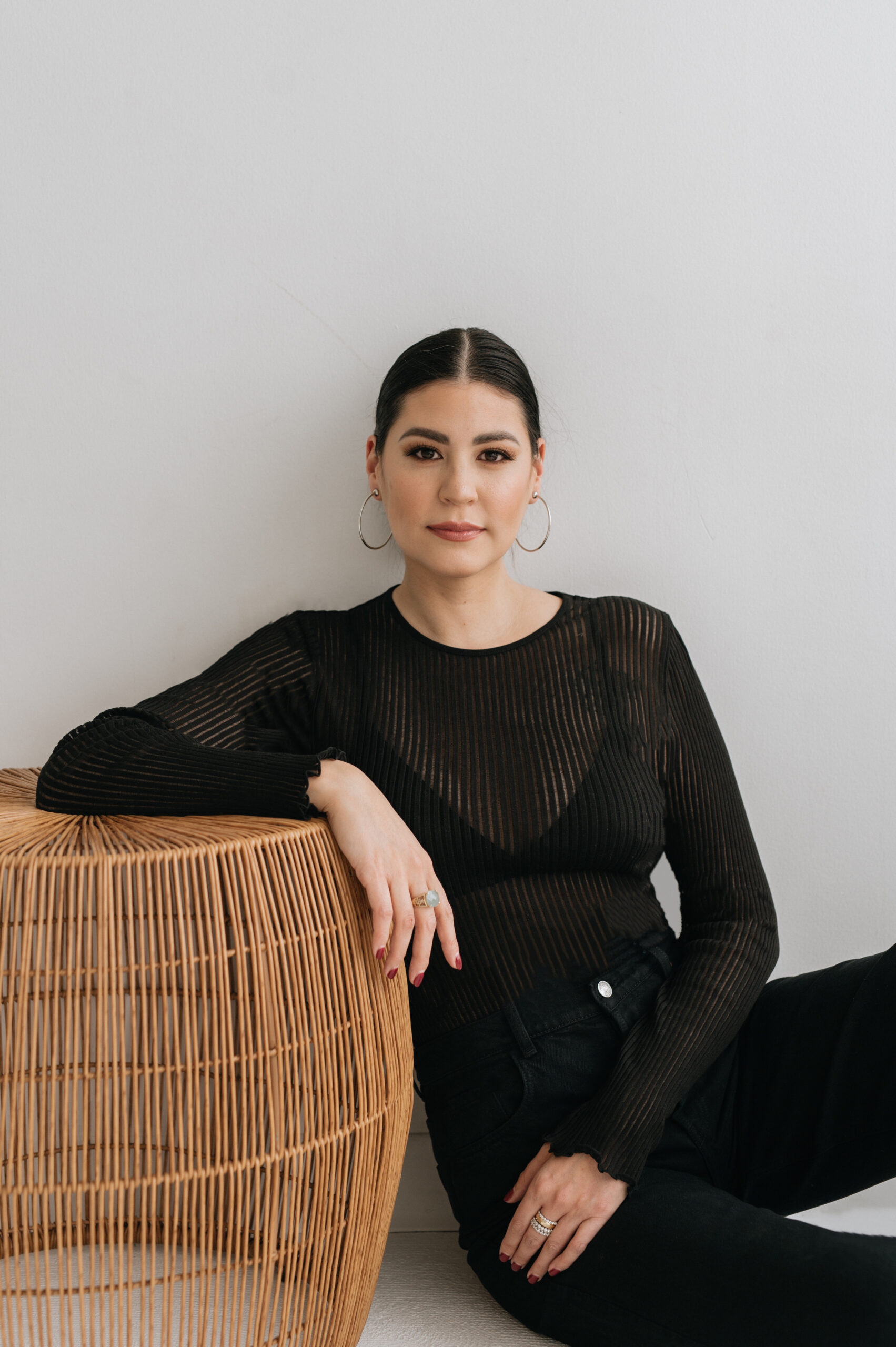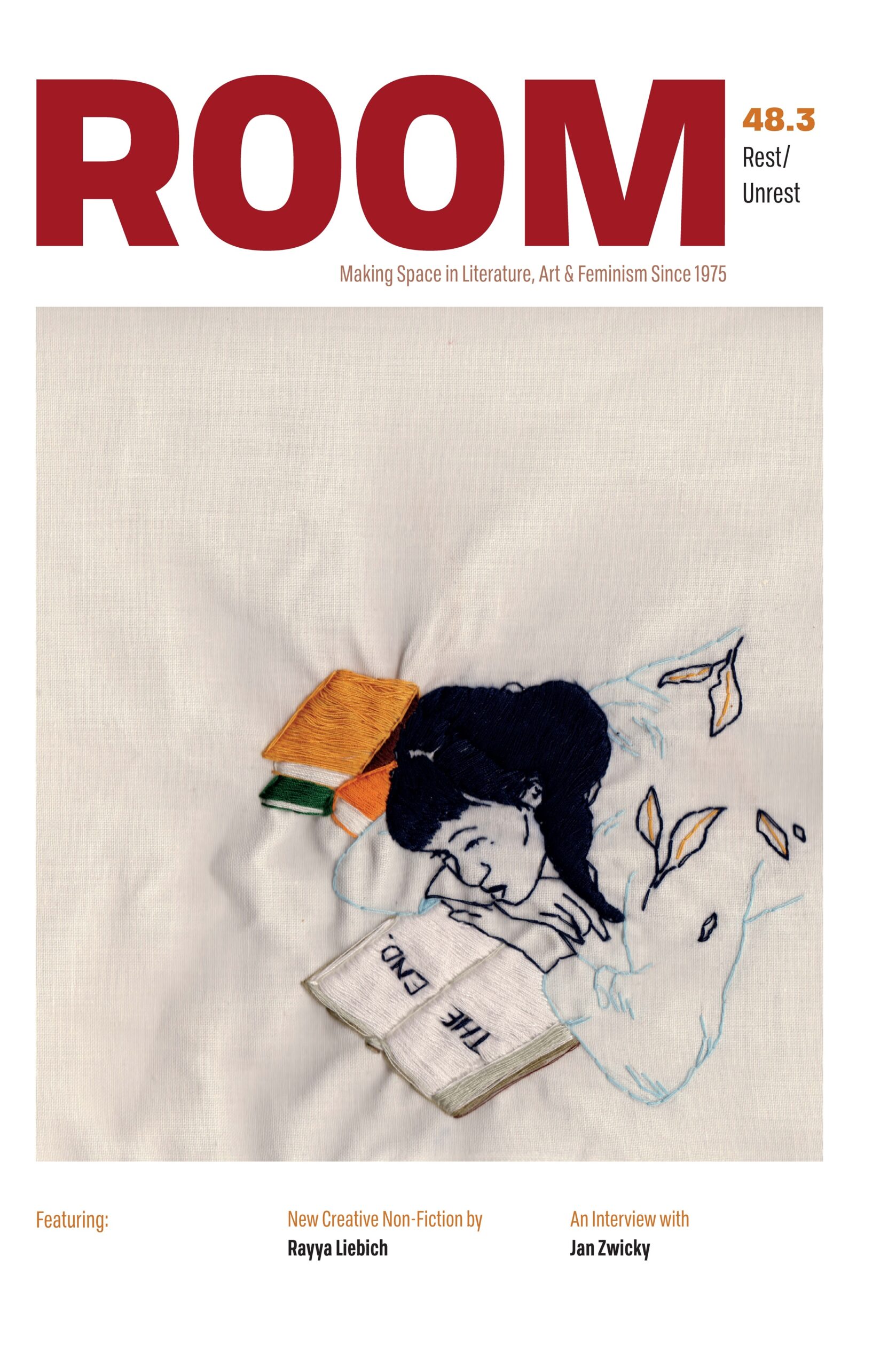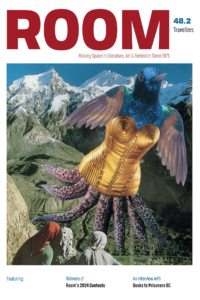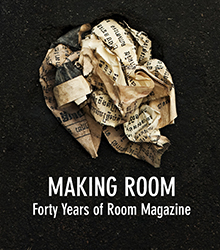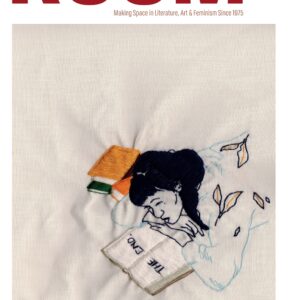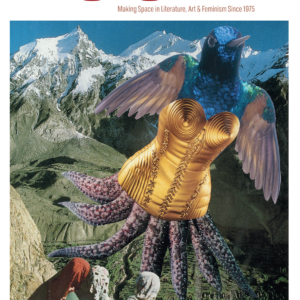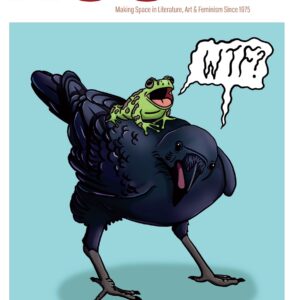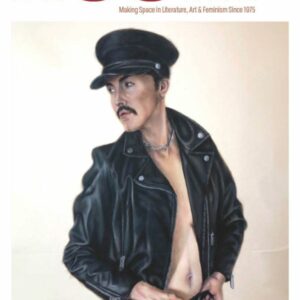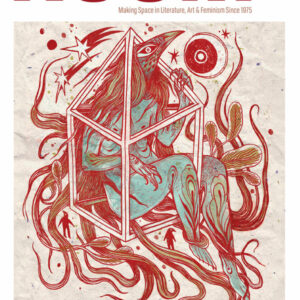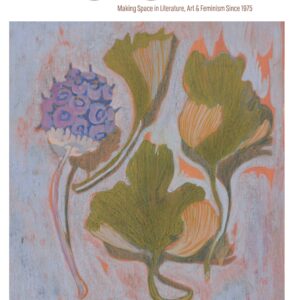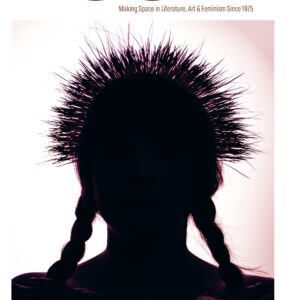Photo credit: Blair Marie Photography
Amy Lin’s work doesn’t just evoke an array of emotions—it demands it. In Here After, her debut memoir, she tackles the overwhelm that comes with deep love and unexpected loss.
Lin recounts the events following the sudden death of her thirty-two-year-old husband, Kurtis. In the wake of his devastating loss, Lin navigates the uncontainable nature of grief through her writing. What results is a stunning tribute to her partner, who, in her own words to CBC, “really carried his own sun with him.”
Lin’s storytelling makes the unbearable unforgettable, and Here After was named one of the best of 2024 by Kirkus, The Globe and Mail, CBC Books, NPR, and ELLE. Here After was also a finalist for the $75K Hilary Weston Writers’ Trust Prize for Nonfiction in 2024.
Now based in Calgary, Canada, Lin also writes At the Bottom of Everything, a Substack exploring the ache and awe of everyday survival. Her fiction has appeared in Ploughshares and her literary influences range from Jacqueline Harpman to Denise Riley, with a steady admiration for language that cuts to the bone. She teaches, speaks, edits, and now, judges.
ROOM caught up with Lin ahead of our 2025 Creative Non-Fiction Contest to chat about writing without form, specificity in the inexplicable, and why Georgia is the sweatpants of typeface. Writers can submit entries for this year’s contest through June 1, 2025.
ROOM: First, congratulations to you! Your debut memoir, Here After, made it on several lists for the top non-fiction books of 2024, including The Globe and Mail, ELLE, and beyond. You were also a finalist for the Hilary West Writer’s Trust Prize for Nonfiction. So much to celebrate!
AMY LIN: This is so kind. Thank you so much. I feel really honored by the reception that the book has had with readers. Thankful indeed.
ROOM: I could see how staying grounded when writing about the catastrophic loss of your husband and grieving in the wake would be difficult. How do you approach writing about personal trauma while maintaining a sense of creative clarity or distance (if you aim to at all)?
AL: A project happens in time, usually forming within time’s stream. A book happens outside of time because a book is made. A book demands a clarity that inherently obstructs the way to that clarity.
Here After started as a project: weekly letters on Substack, written with no expectation and no plan. I wasn’t thinking about a book. That absence of form allowed a production that later made Here After possible.
ROOM: Your narrative in the memoir is non-linear—it reminded me of the non-linear nature of grief. How did you land on that structure, and why was it important for you to tell your story that way?
AL: Grief collapses time. The past and present occur at the same frequency. I needed this effect of grief present in the structure itself. To show what it is like when you cannot distinguish between what is gone and what is true.
I came to the structure through elimination. I cut hundreds of thousands of words down to the essential. At times, only a few lines survived from a page. In that slow distillation, the bright bone of grief, the book itself, began to emerge.
ROOM: What was the first piece of your writing that was professionally published? How did that opportunity come about, and what did it mean to you at the time?
AL: Laura van den Berg published my short story Hallelujah Rides in Ploughshares. It went to print several months after Kurtis died. The first time I held that issue: all that gratitude, and glory and grief. The ache and the awe.
ROOM: Are there any creative nonfiction writers, alive or dead, who’ve been particularly influential for your voice or approach?
AL: Denise Riley’s unflinching Time Lived Without Its Flow. Philosophic, unsentimental, poetic, and an utterly relentless dissection of pain, Riley cut the way to the core of Here After.
ROOM: Is there a piece of writing advice you’ve received that stuck with you? Or a piece of advice you return to regularly when you’re stuck?
AL: Forward is a pace.
ROOM: What’s a book, article, or piece of writing you’ve read recently that made you stop and think, “I wish I had written that”?
AL: Jacqueline Harpman’s I Who Have Never Known Men. A lesser writer (read: me) would have been seduced by the plot: thirty-nine women and one child, caged underground without explanation, suddenly freed into a strange and arid world, where the only other humans are long-dead men and women sealed in bunkers.
But Harpman (wisely! to our great luck!) isn’t interested in what happens next, or even why. She’s after something deeper and more rigorous. What is a life worth living? What is a woman when everything is taken away? What does living mean when there is no reason to live beyond the hope that another day might yield a reason?
ROOM: You’re judging this year’s Creative Non-fiction Contest, which I hope you’re excited about.
AL: OH, I AM SO EXCITED!
ROOM: Wonderful! And when you sit down to read submissions, what are you hoping to find in the winning piece?
AL: Distinctive voice, structure that risks something, patience with the point. An ending that doesn’t flinch or over-explain. A piece with a deeply specific point of view.
ROOM: “Creative nonfiction” can mean a lot of things to different writers. How do you personally define or think about the genre?
AL: “I’m telling you the truth, but I’m lying.”
ROOM: What kinds of risks or experimentation do you appreciate in creative non-fiction? What excites you most when it comes to narrative structure, form, or tone?
AL: You can be for everyone or you can be yourself. I’m immediately paying attention when a piece of writing risks the latter.
ROOM: Finally, what advice would you offer to someone submitting to a contest like this for the very first time?
AL: Be specific about the inexplicable. And Georgia is the sweatpants of typeface.
